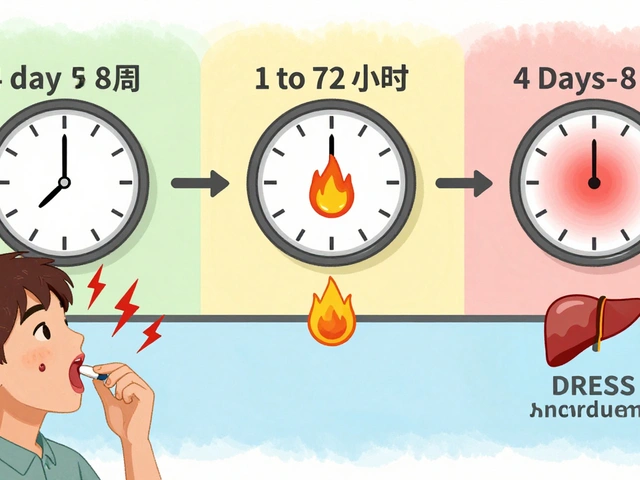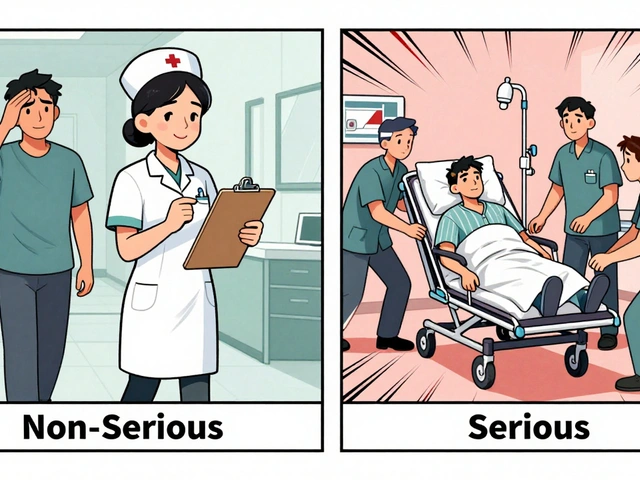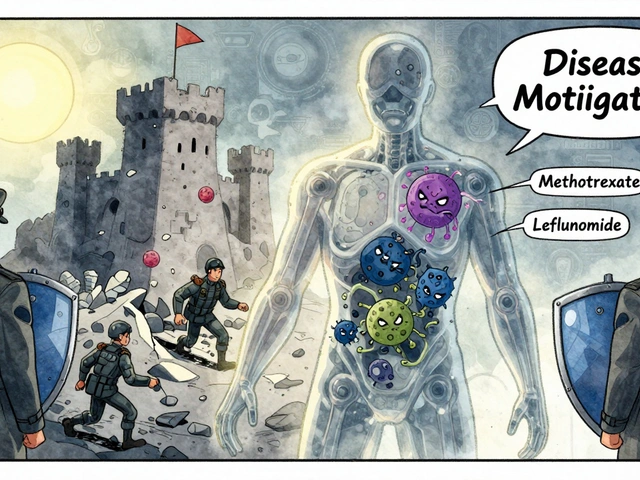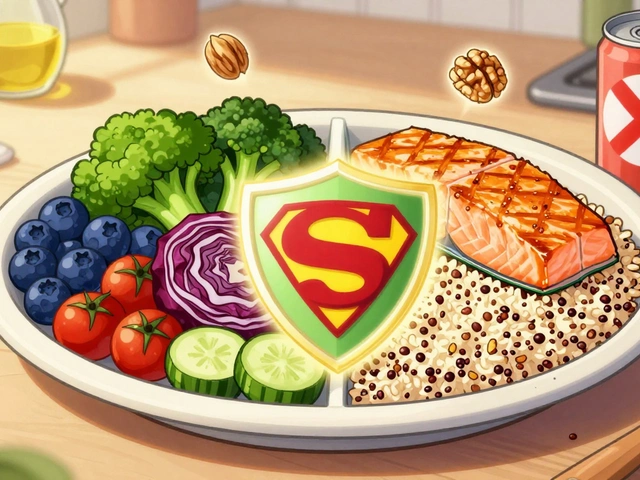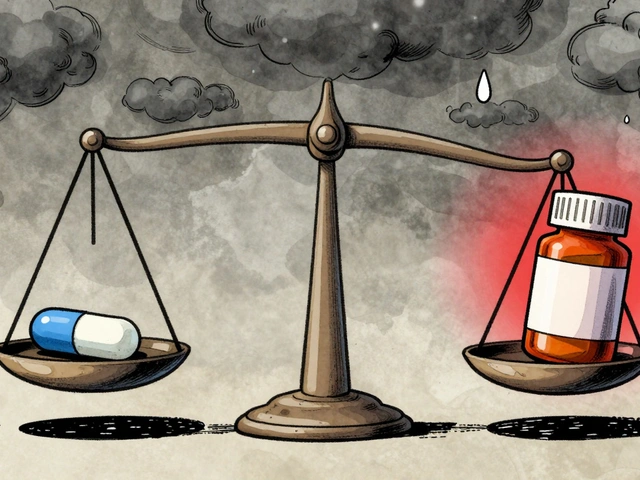Joint Pain Relief: Fast, Safe Ways to Reduce Pain
Joint pain can stop you from doing what you enjoy. You don’t always need a specialist right away. Start with simple, proven steps to cut pain and improve movement, then move on to medical options if needed.
Fast at-home steps that actually help
Rest the sore joint for short periods, but don’t stop moving entirely. Gentle movement prevents stiffness. Use ice for 10–15 minutes after activity to reduce swelling, and use heat for 15–20 minutes before activity to loosen tight muscles.
Over-the-counter pain relievers often work well. NSAIDs like ibuprofen or naproxen reduce inflammation and pain. Acetaminophen helps with pain but not inflammation. Follow label doses and talk with your pharmacist if you take other meds or have stomach, kidney, or heart issues.
Topical options—gels, creams, or patches with menthol, capsaicin, or NSAIDs—can give targeted relief with fewer systemic side effects. Try a topical first if you prefer to avoid oral medicine.
Support the joint. A simple brace, sleeve, or proper shoe inserts can reduce stress on knees, ankles, and wrists. For knees, an open-knee sleeve or patella strap often helps during walking or exercise.
Practical long-term strategies
Strengthen the muscles around the joint. Low-impact exercises—walking, cycling, swimming—build support without pounding the joint. Add simple home moves: quad sets, straight-leg raises, and heel slides for knee strength. Aim for consistent short sessions rather than rare long workouts.
Lose excess weight if you can. Every pound lost reduces load on knees and hips, and even small losses make a measurable difference in pain.
Try proven supplements carefully. Omega-3 fish oil may lower inflammation for some people. Glucosamine and chondroitin show mixed results—some patients report benefit. Always check with your doctor about interactions and quality of products.
Modify activities that flare pain. Reduce repetitive heavy lifting, swap high-impact sports for low-impact options, and set up ergonomic workstations to reduce strain on hands, shoulders, and back.
If home care isn’t enough, physical therapy offers tailored exercises, hands-on techniques, and real-world fixes for movement and pain control. A therapist can also teach joint-protecting techniques for daily tasks.
When pills or therapy aren’t helping, doctors may suggest injections (corticosteroids or hyaluronic acid) or other procedures. Surgery is a last step for severe joint damage, not a first-line fix.
Shopping for meds online? Use a verified pharmacy that requires a prescription and shows clear contact info. Check reviews and avoid deals that look too good—safety matters more than price.
Seek medical help now if you have sudden severe pain, fever with a painful joint, red and hot swelling, numbness, or can’t move or bear weight. These can be signs of infection, fracture, or serious inflammation.
Small, consistent actions usually beat dramatic, risky fixes. Try a mix of home care, smart exercise, and proper meds. If progress stalls, talk to a clinician—early action prevents bigger problems later.

Say Goodbye to Joint Pain: Glucosamine Hydrochloride for a Better Life
Ever wonder how to manage that stubborn joint pain? Glucosamine Hydrochloride might be your answer. This supplement isn't just a buzzword; it's a crucial element in promoting joint health and mobility. Discover how it can enhance your daily life, the science behind it, and the practical ways to incorporate it into your routine.
View More
